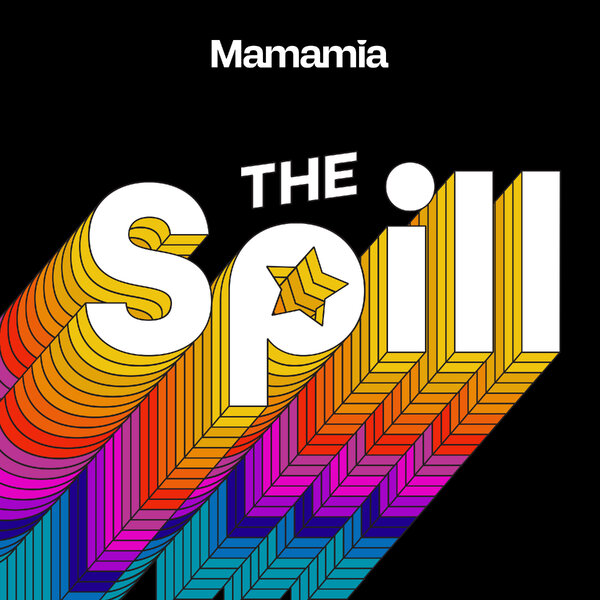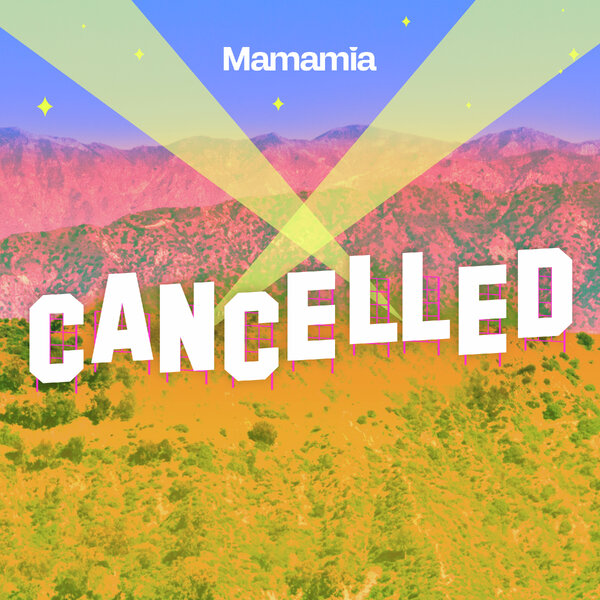Let me begin this post by quoting the fabulous and wise Elizabeth Gilbert: CAN WE LIGHTEN UP A LITTLE?
This month in US Cosmopolitan, actress Kate Hudson made what was clearly a joke about her own experience having a caesarean section.
When Cosmo asked Hudson to name the laziest thing she’d ever done, Hudson said: “Having a c-section!”
And then BANG – the internet’s head fell off.
Dear #KateHudson
Having a C-Section is far from lazy, ok? pic.twitter.com/DcjmJbi6i0— Mrs ™ (@SuchACoolChick) September 4, 2017






























































































